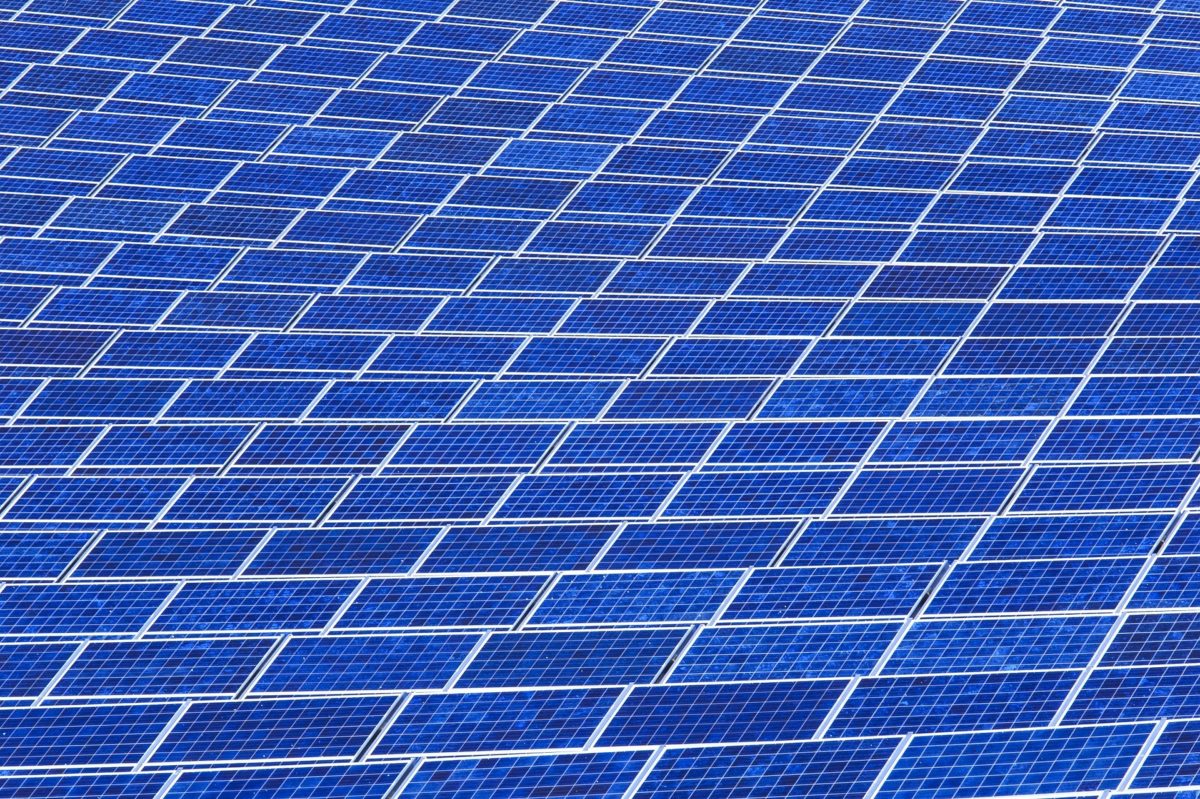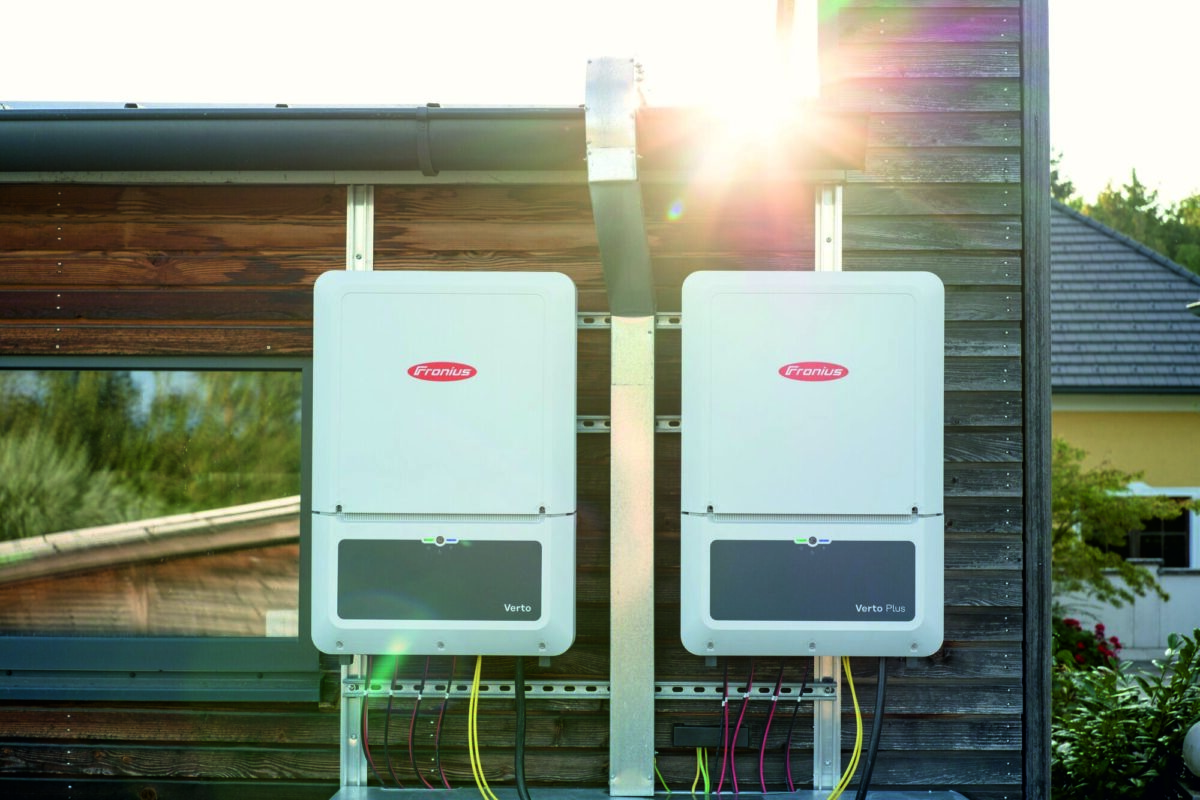Dutch solar project developer Solarfields is planning a 147 MW plant in the town of Dronten in the central Netherlands.
The company said the project, in the province of Flevoland, has been allocated government subsidies under the SDE+ (Stimulering Duurzame Energieproductie) program for large scale renewable energy projects.
The Dorhout Mees solar park – near a golf course owned by the company of the same name – is set to be the country’s biggest large scale solar plant. The developer has scheduled construction to start next year.
“Dorhout Mees contacted us a few years ago to find out whether the construction and operation of a solar park on part of their golf courses could be an opportunity to make more sustainable and efficient use of its terrain,” said Solarfields.
New income stream
The solar developer added, Dorhout Mees wants to diversify its income as aging members are playing less golf and the sport is witnessing a decline in new participants.
Flevoland is one of the Dutch provinces which has been afflicted by grid congestion which prompted the nation’s largest utility, Liander, to blame rising demand for solar power for constrained capacity on its medium-voltage network last month.
Solarfields did not comment on whether it anticipated grid connection hold-ups.
Dutch transmission system operator Enexis this month said it was ramping up grid capacity by 1 GW with 11 mobile, medium voltage substations. The mobile units will be used in the provinces of Groningen, Drenthe and Overijssel, which are also affected by grid constraints.
This content is protected by copyright and may not be reused. If you want to cooperate with us and would like to reuse some of our content, please contact: editors@pv-magazine.com.




This is where the Mini-Grid / Micro-Grid options should be considered. If the “Larger” carrier is incapable or unwilling then reconsider the topology & integration design and move forward using an alternative method.
The reality is, The Nethelands like many, have to stop and seriously revisit the Grid Design & Topology and abandon the Monolithic Backbone Topology they have today. They NEED to move to a cellular interconnected model with mini & micro grids which are interconnected in a distributed fashion.
Will the project include storage, and would that reduce the congestion problem?